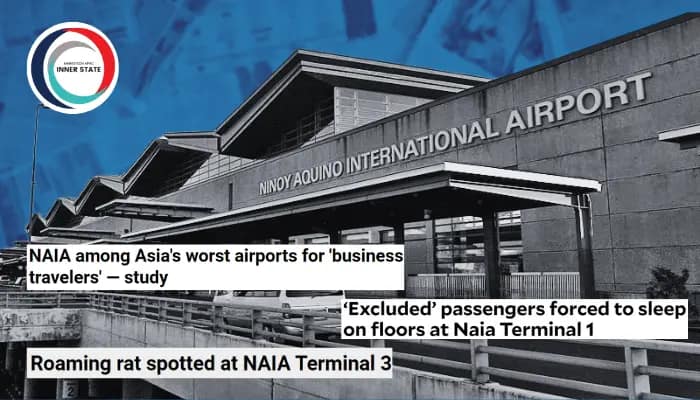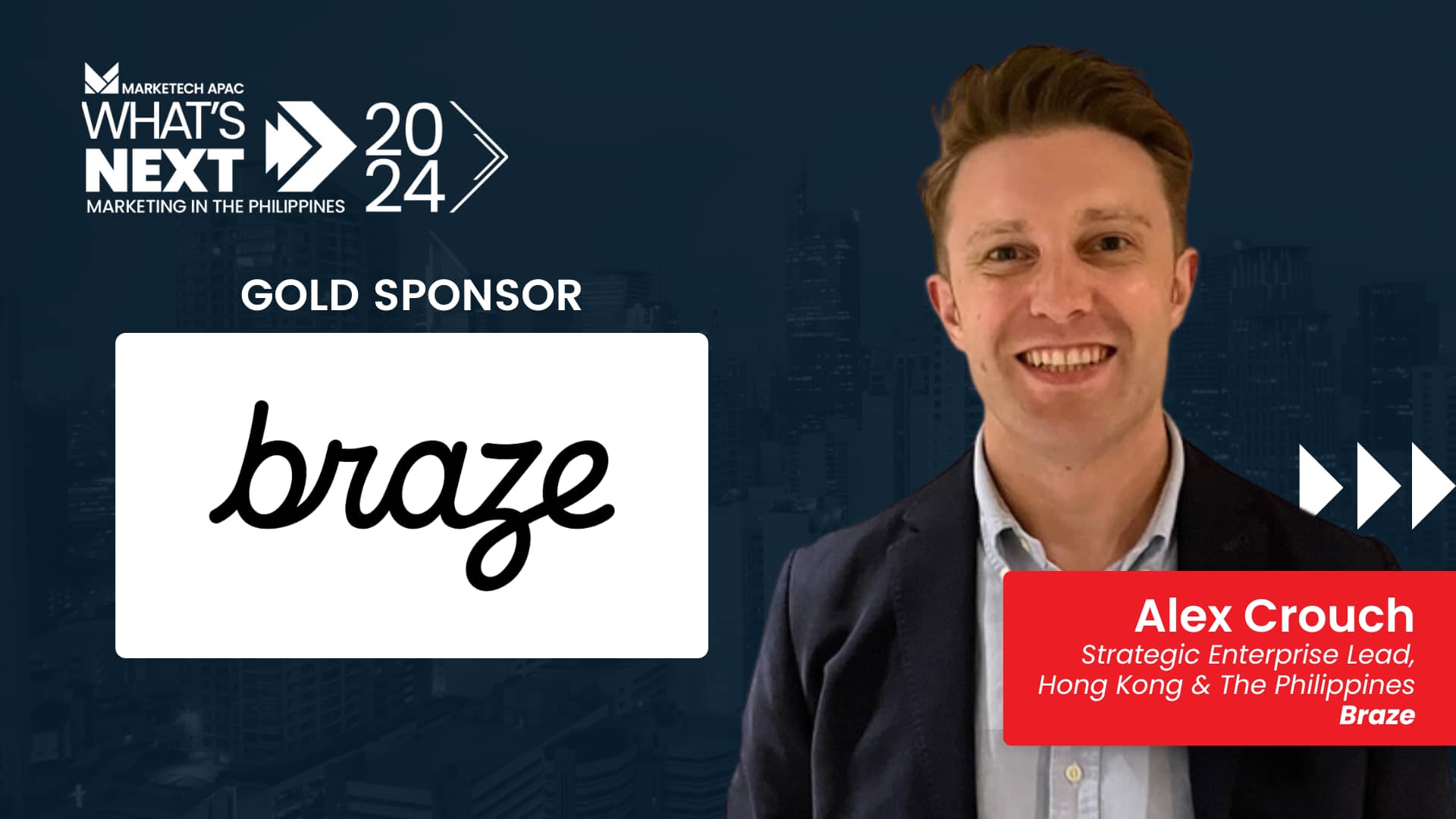Manila, Philippines – Ninoy Aquino International Airport (NAIA), the primary international airport of the Philippines, continues to draw flak after continued public outcry over the lack of sanitary and operational initiatives from the airport to maintain its image.
Initial reports around early March have shown several incidents of pests roaming the airport, from rats to cockroaches. These incidents also follow a recent ranking from the BusinessFinancing.co.uk website, which noted that NAIA is Asia’ fourth worst airport, following Saudi Arabia’s King Abdulaziz International Airport, Kazakhstan’s Almaty International Airport, and Kuwait International Airport.
Following this ordeal, the Manila International Airport Authority (MIAA) has released a statement directed to its housekeeping and pest control service contractors and gave a request for them to perform according to the terms of their contracts with MIAA or suffer getting banned from joining future biddings for such services.
In said statement, MIAA’s general manager Eric Ines convened with terminal administrators, service contractors, and health experts from the Bureau of Quarantine and MIAA Medical to review the current state of sanitation services across all NAIA terminals.
It is also worth noting that following these fiascos, President Ferdinand R. Marcos Jr. had recently signed a PHP170.6b public-private partnership (PPP) modernisation agreement for the rehabilitation. The consortium is composed of San Miguel Holdings Corp., RMM Asian Logistics, Inc., RLW Aviation Development, Inc., and Incheon International Airport Corp.
Moreover, with NAIA set to be operated under the management of San Miguel Corporation, the question is: apart from the promises made by the multinational conglomerate, what does NAIA need to do to improve its brand image at a global level? And how were the social sentiments for these fiascos a lesson for them?
Social audiences are more vocal negatively than media entities
Exclusive data obtained from Isentia and Pulsar TRAC by MARKETECH APAC noted that audiences on social media have negative sentiments far more dominant than positive ones. Data obtained X (Twitter), Reddit, and Facebook at the time saw a 41.8% share in negative sentiment, and 14.1% in positive sentiment. However, it is worth noting that 43.9% of the social media sentiment remained neutral.
Comparing this data from the share of voice from media coverage about NAIA, Isentia and Pulsar TRAC noted that 40.9% of media coverage was positive, followed by neutral (31%) and negative (28.2%).
When asked why both sides had contrasting sentiments, they stated that many of the most engaged articles, such as the story of opening an OFW lounge in NAIA, focused on the announcement of positive changes to site infrastructure.
However, when the platform shortened the time frame to accommodate only the most recent articles, the mood within the press began to reflect the dissatisfaction felt by audiences. The positive article about the OFW lounge opening remains the most engaging story within March, but almost all the other leading articles dating from March showcase some form of negative story, including the stories about pest infestations at the airport.
“These differences within both the media and audiences emphasise the importance for an institution like NAIA to not treat its audience (or media presence) as a monolith, but rather as something complex and dynamic, which necessitates different messaging to different communities,” Raushida Vasaiwala, vice president of sales for APAC at Isentia commented.
In terms of the share of voice among those in social media, Isentia and Pulsar TRAC noted these three main demographics:
- Progressive Filipinos – locals aligned with LGBTQ+ causes and other social justice issues, talk particularly negatively about the pest problems, and even link these to corporate shady dealings.
- Filipino News Followers – this is comprised of journalists and avid followers of official news channels, who share information about pest control, but also about land sales and a broader array of issues.
- Young pop music fandoms – these communities include many Filipinos, but also participants from other Asian countries, such as Indonesia and Korea. They express strong fandom in brands such as SEVENTEEN, ENHYPHEN and BlackPink. Their interest revolves around sightings of their favourite artists at the airport – and often opinions on whether the airport authorities managed the situation well or not.
“Marketing and advertising are band-aids”
In an exclusive interview with Ana Pista, founder and CEO at Ardent Communications, she notes that while marketing and advertising strategies are powerful tools that any brand can use, they only serve as ‘band-aid’ solutions. In the case of NAIA, there should be concrete actions from the new airport management team to resolve these issues.
“Marketing and PR are band-aids, not solutions. They can’t mask persistent problems. A shiny marketing campaign can’t hide dirty restrooms or long security lines. It’ll only erode trust further when the reality doesn’t match the messaging. Also, public trust is fragile. People see through inauthentic efforts. If the core issues aren’t addressed, any positive PR will be short-lived,” she stated.
On the marketing side of things, Pista primarily recommended that NAIA must reposition its brand, adding that NAIA can focus on its strengths – cultural touchpoints, historical significance, or any ongoing improvement projects. She then added that NAIA must create campaigns that will highlight its ongoing improvements.
“[The airport must] develop targeted marketing campaigns showcasing the airport’s ongoing and future improvements. Aim this campaign for business travellers emphasising efficiency and for leisure travellers focusing on cultural aspects of the Philippines,” she said.
Meanwhile, on the public relations side of things, she stated that those in charge should stick to authentic, common-sense PR principles. First, NAIA should be transparent and acknowledge the issues publicly. Transparency builds trust and shows a willingness to address concerns.
“Consistently communicate or share the action plan. Outline a clear action plan to address hygiene and efficiency concerns. Regularly communicate progress updates through press releases and social media. [Moreover], embrace public feedback. Make it easy for the public to give feedback. This shows a commitment to improvement and allows the NAIA people to understand passenger concerns directly,” she explained.
While she is hopeful that this advice would be helpful, she cautioned that while marketing and PR are powerful tools, they can’t exist in a vacuum and that they need first a foundation of improvement.
“For NAIA, addressing hygiene, corruption, and efficiency is critical. Once that happens, effective marketing and PR can amplify the positive changes and rebuild trust with the public,” she concluded.
NAIA must implement a dual approach to improve brand image
Meanwhile, Dean Bernales, founder and CEO of Uniquecorn Strategies, told MARKETECH APAC that NAIA should implement a dual approach: meaning it should first have quick and decisive actions to address immediate concerns like the infestation problem, coupled with long-term strategies to elevate overall operations and services.
“Initiatives include a thorough cleanup and transparent, ongoing communication to rebuild trust; a rebranding effort highlighting upgrades and aligning with international standards to enhance global appeal; active engagement with stakeholders to ensure changes meet user needs; a shift towards digitalisation for real-time updates and transparency; and a focus on environmental and community responsibility to bolster NAIA’s reputation as a sustainable and community-focused entity,” he explained.
Bernales also stressed that amidst multiple negative sentiments the airport is currently experiencing, its airport management must have a comprehensive and multi-layered communication strategy which will transparently benefit all stakeholders, including regular customers and frequent flyers.
“This strategy should focus on providing regular, honest updates regarding the steps being taken to tackle the problem, the progress achieved, and any potential setbacks, as transparency is key to building and maintaining credibility and trust,” he said.
He also added that strengthening customer service channels is essential to efficiently manage complaints and concerns, ensuring that passengers’ voices are heard and their issues are resolved swiftly.
“Public apologies and accountability from the airport’s management are also vital, as they acknowledge the problem and take responsibility, while also detailing preventive measures to avoid future incidents, demonstrating a clear commitment to continuous improvement. Engaging proactively with both local and international media is important to communicate NAIA’s efforts and successes in transforming and enhancing the airport experience, as positive coverage can significantly alter public perception,” he expressed.
Bernales also points out that large entities–such as NAIA–must not only embody the principle that not only addresses the immediate concerns but also pave the way for lasting recovery and improvement. For him, the key to this approach is the expression of sincere regret and empathy towards those impacted by any fiasco, making sure an authentic apology is an initial step towards regaining trust.
“Taking full responsibility for the situation, without shifting blame, is crucial in alleviating negative perceptions and demonstrates a commitment to transparency. Where possible, offering restitution or compensation to those affected underscores a dedication to making amends, whether through direct financial compensation or through pledges to enhance services,” he said.
For NAIA to have a significant impact on its brand image improvement, Bernales notes that they should practice the 4 R’s of crisis management: Regret, Responsibility, Restitution, and Reform. With this, NAIA and other large entities can more effectively navigate crises, thereby minimising the long-term impact on their reputation and seizing the opportunity to foster positive change and strengthen relationships with all stakeholders.
For a final note, Bernales said that brands withholding crucial information or not being transparent about the steps being taken to mitigate the crisis can lead to speculation and mistrust, undermining efforts to rebuild credibility. Moreover, he notes that its vital for brands to value and incorporate feedback from all stakeholders, as neglecting their input can lead to missed opportunities for meaningful engagement and improvement.
“Brands must avoid short-sighted fixes in favour of implementing substantive, long-term reforms that address systemic issues, ensuring that similar problems do not recur. By focusing on transparent, accountable, and genuinely empathetic communication, coupled with decisive action towards resolution and improvement, brands can navigate through crises more effectively, preserving and potentially enhancing their reputation in the eyes of the public and their stakeholders,” he concluded.











